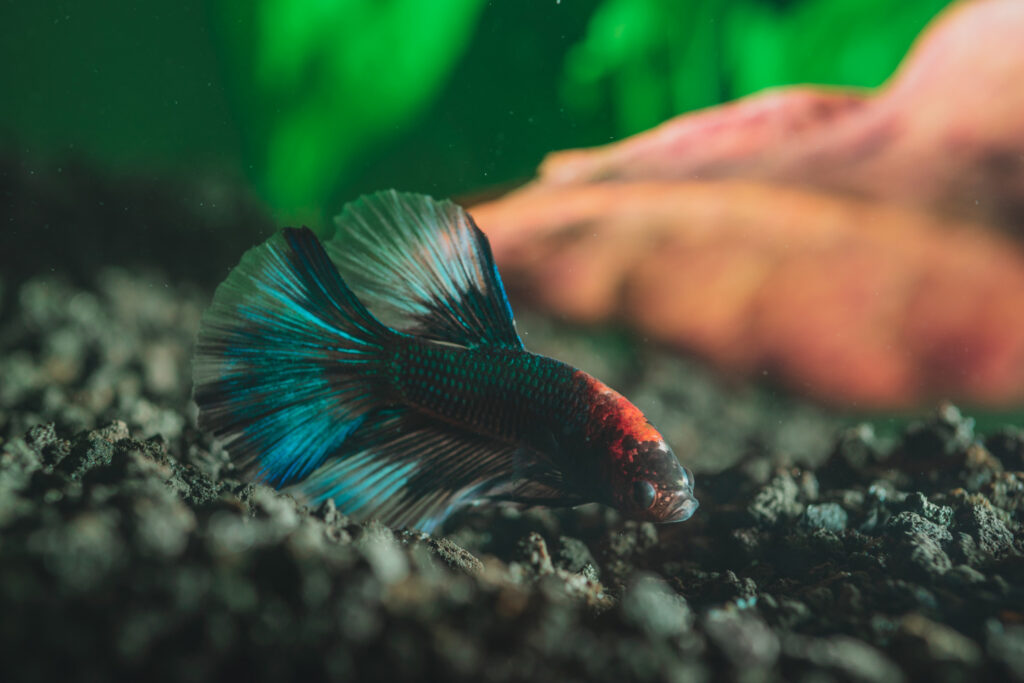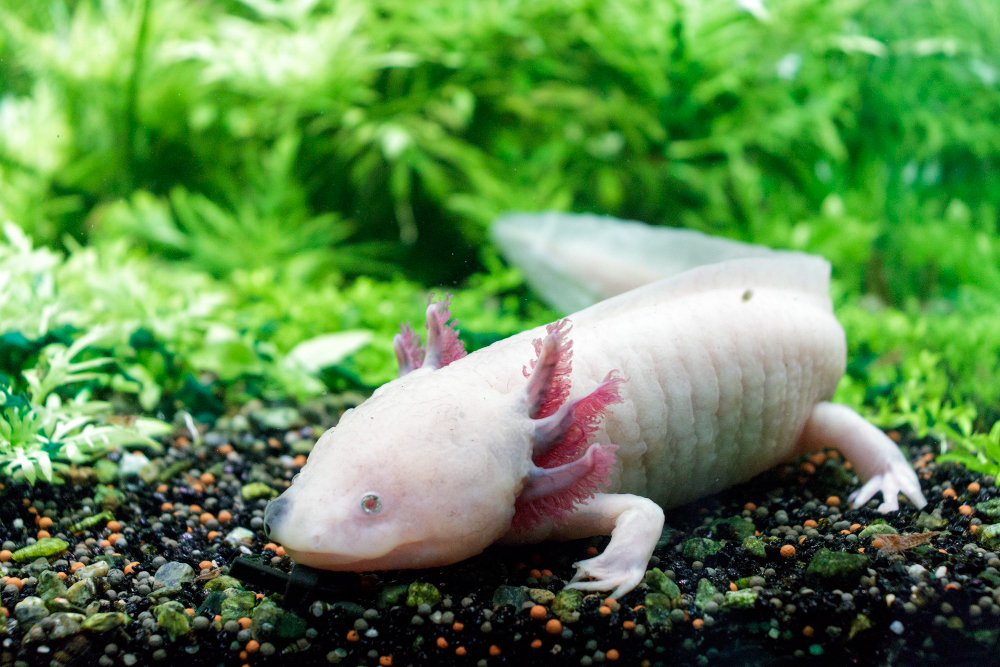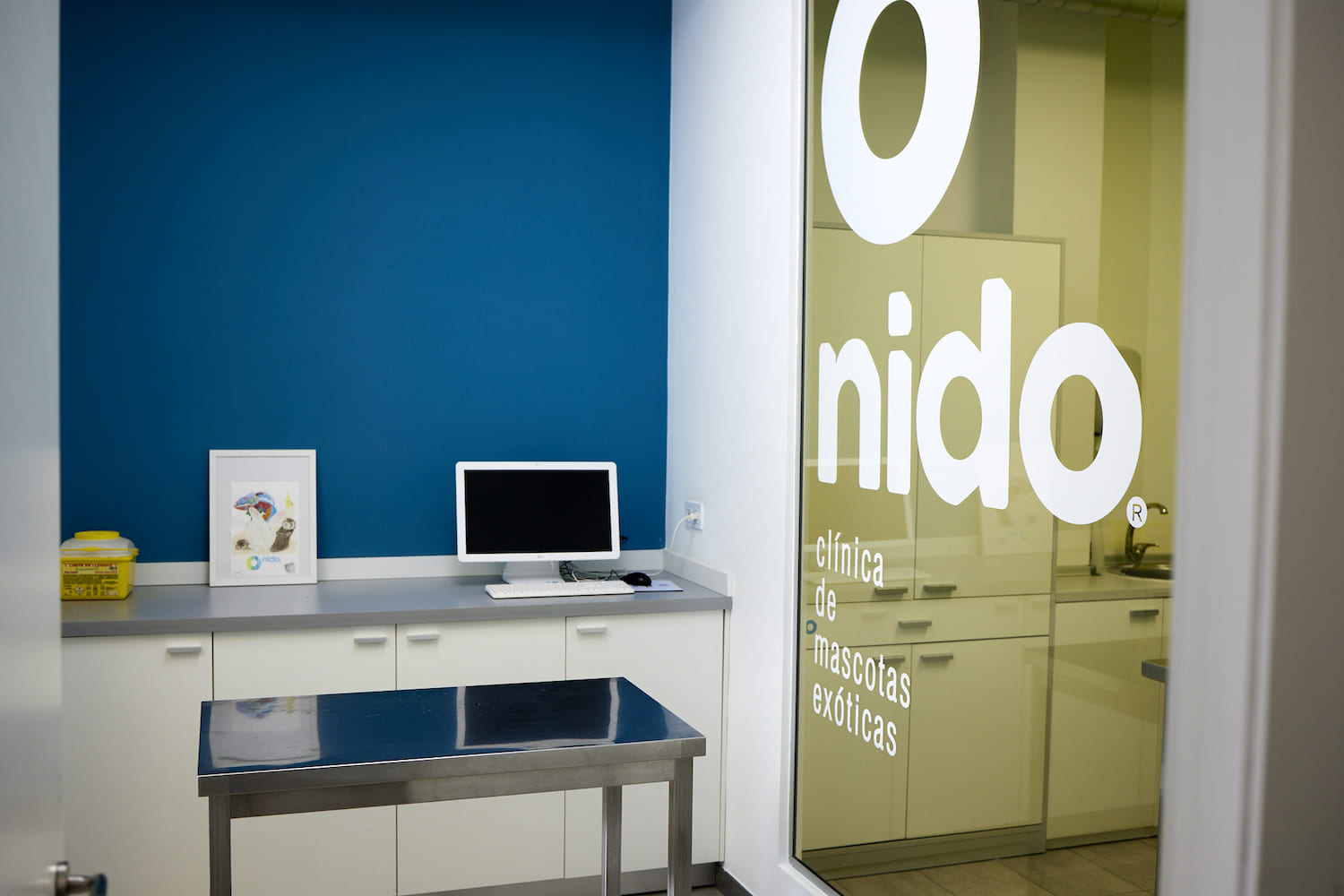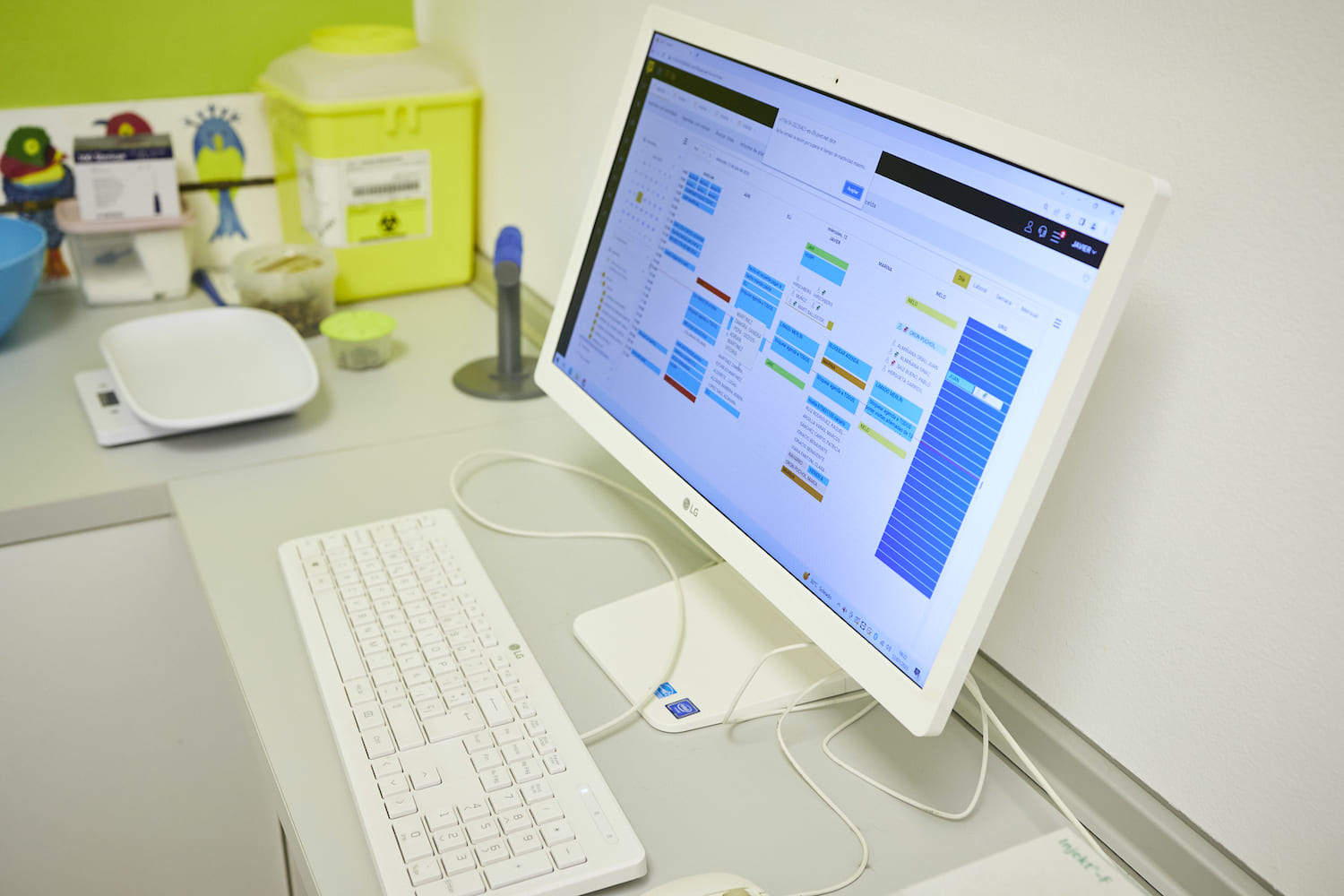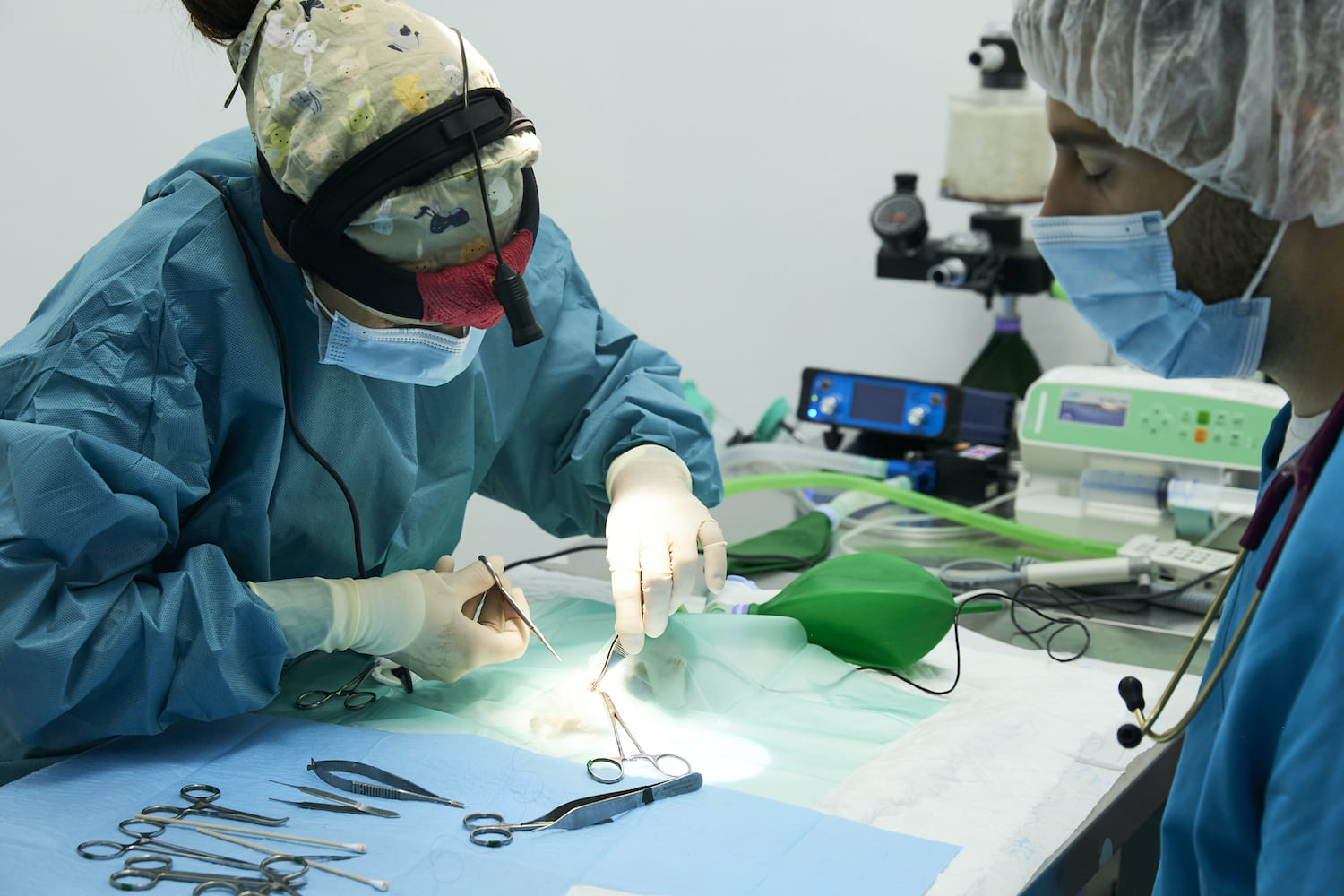Among the services of Clínica Nido we have advice and medical care for the wide variety of species of aquatic or semi-aquatic life. Both amphibians and fish are animals that present particularities in terms of their diet, environment, breeding, reproduction and behavior, therefore, the development of diseases associated with management in captivity is relatively common.
Approximately 7,500 species of amphibians have been described, distributed across a wide variety of ecosystems, 41% of which are in danger of extinction (Red List 2021). They are divided into three groups: anurans (toads and frogs), caudates (salamanders and salamanders) and gymnosperms (caecilians).
At Clínica Nido we are specialists in amphibians and we offer advice to all those interested in these species regarding their management as well as resolving all queries related to the creation of a terrarium or suitable habitat to guarantee the well-being of these animals.

